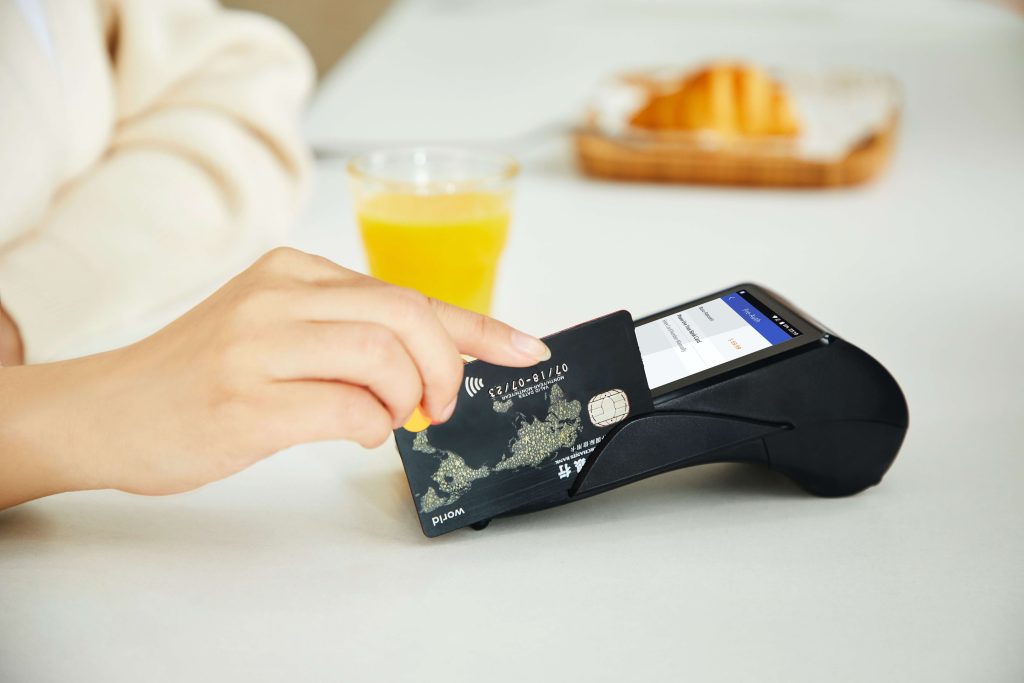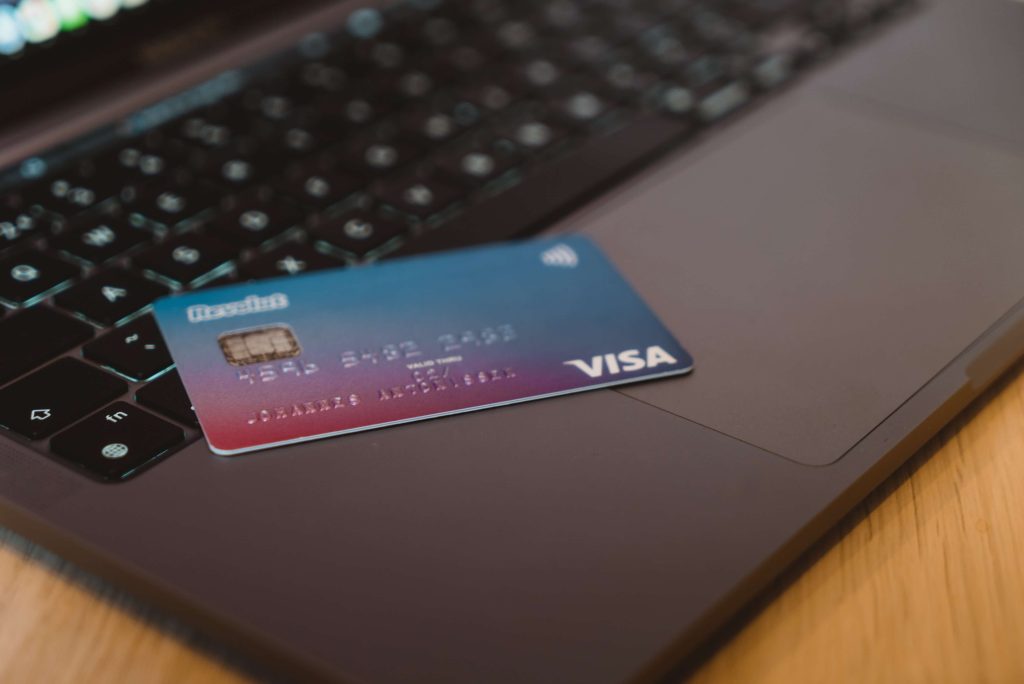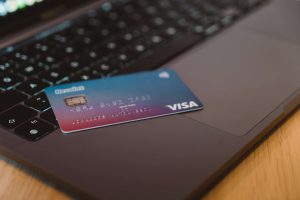Introduction
As our world becomes increasingly digital, credit card scams have become a growing threat to individuals and businesses alike. It is crucial to be proactive and vigilant in order to protect ourselves from falling victim to these scams. In this article, we will explore the different types of credit card scams, discuss red flags to watch out for, provide tips on strengthening your defenses, and offer guidance on reporting suspected scams. By implementing these strategies, you can stay one step ahead of fraudsters and keep your hard-earned money safe and secure.
The Different Types of Credit Card Scams
A. Phishing scams: A deep-dive into its techniques and warning signs
- Deceptive emails and websites
Fraudsters often send emails that appear to be from legitimate sources, such as banks or trusted organizations, in an attempt to trick recipients into revealing their credit card information. These emails may contain urgent requests for personal data or offer enticing deals to lure unsuspecting victims. Be cautious of emails that request sensitive information and always verify the source before sharing any details.
- Suspicious attachments and hyperlinks
Phishing scammers may include attachments or hyperlinks in their emails that, when clicked, can infect your device with malware or redirect you to fake websites designed to steal your credit card information. Exercise caution when opening attachments or clicking on links, especially if they are from unfamiliar senders or seem out of context.
B. Skimming scams: How fraudsters steal your card information effortlessly
- Exploring skimmers and their placement tactics
Skimmers are small devices installed on payment terminals, such as card readers or ATMs, that secretly capture credit card information when a card is swiped. Fraudsters often place skimmers in inconspicuous locations, making them difficult to spot. Be wary of any unusual attachments or loose card slots when using payment terminals, and if something seems off, it’s best to choose an alternative payment method or report the issue to the relevant authorities.
- Gas station and ATM vulnerabilities
Gas stations and ATMs are particularly vulnerable to skimming scams due to limited supervision and a constant flow of customers. Fraudsters may tamper with card readers or place skimmers over legitimate ones to collect credit card data. Before using a gas station pump or ATM, inspect the card reader for any signs of tampering, such as loose parts or misaligned card slots. If you suspect anything suspicious, notify the station or ATM owner immediately.
C. Identity theft: Unmasking cunning thieves who steal your personal data
- Prevalent methods used by identity thieves
Identity thieves employ various tactics to gain access to your personal information, including dumpster diving, stealing mail, or hacking into databases. They can then use this information, such as social security numbers or birthdates, to open credit card accounts in your name. Protect yourself by shredding sensitive documents, securing your mailbox, and regularly monitoring your credit reports for any suspicious activity.
- Social engineering and online data breaches
Social engineering involves manipulation techniques used by fraudsters to extract confidential information from individuals. This could range from a seemingly harmless phone conversation to elaborate phishing schemes. Additionally, online data breaches can expose your personal data to criminals. To mitigate the risks, be cautious when sharing personal information online and regularly update your privacy settings on social media platforms.

Red Flags to Spot Credit Card Scams
A. Unusual account activities: Staying alert for unfamiliar transactions
Regularly review your credit card statements and be vigilant for any unrecognized charges or unfamiliar transactions. If you notice anything suspicious, contact your credit card company immediately to investigate further and prevent any potential fraudulent activity.
B. Unsolicited calls and messages: Identifying potential scam attempts
Be cautious of unsolicited calls or messages claiming to be from your credit card company asking for personal information or offering too-good-to-be-true deals. Legitimate financial institutions would never ask for such information over the phone or through unverified channels. If in doubt, hang up the call or delete the message and contact your credit card company directly to verify the communication.
C. Poorly crafted communications: Recognizing signs of phishing and scams
Pay attention to spelling or grammar errors in emails or messages, as scammers often make mistakes in their attempts to deceive recipients. Legitimate companies typically have professional communication standards and would not send sloppy or poorly crafted messages. Exercise caution and verify the authenticity of any suspicious communication before taking any action.
D. Out-of-the-blue offers and promotions: Analyzing their credibility
If you receive unexpected offers or promotions that require providing credit card details or personal information, be skeptical. Scammers often use these tactics to gain access to your sensitive data. Research the legitimacy of the offer or promotion independently before sharing any personal information or making any financial commitments.
E. Suspicious payment terminals and card readers: Detecting signs of tampering
Before inserting your credit card into a payment terminal or card reader, inspect it for any signs of tampering. Look for loose parts, unusual protrusions, or anything that appears out of the ordinary. If you suspect that a payment terminal or card reader has been tampered with, notify the establishment or use an alternative payment method to ensure the security of your information.
Strengthening Your Defenses Against Credit Card Scams
A. Card security measures: Enhancing your card’s protection
- Chip-enabled cards and their advantages
Chip-enabled cards, also known as EMV cards, offer enhanced security compared to traditional magnetic stripe cards. The embedded chip generates a unique transaction code, making it harder for fraudsters to clone or counterfeit your card information. Opt for chip-enabled cards whenever possible to reduce the risk of credit card fraud.
- Selecting strong PINs and password strategies
Choose complex PINs and passwords that are difficult to guess. Avoid using easily guessable combinations, such as your birthdate or sequential numbers. Incorporate a mix of uppercase and lowercase letters, numbers, and special characters to increase the complexity and security of your passwords. Additionally, avoid reusing passwords across multiple platforms to minimize the impact of a potential security breach.
B. Two-factor authentication: Bolstering your online security
- How 2FA enhances identity verification
Two-factor authentication (2FA) adds an extra layer of security by requiring users to provide two different forms of identification before accessing their accounts. This can include something you know (like a password) and something you have (like a unique code sent to your mobile device). By enabling 2FA, you significantly reduce the risk of unauthorized access to your credit card accounts.
- Enabling and utilizing 2FA across multiple platforms
Most online platforms, including banking and e-commerce websites, offer the option to enable 2FA. Visit each platform’s security settings and enable this feature to strengthen your accounts’ protection. Make sure to choose a reputable 2FA method, such as Google Authenticator or SMS codes, and follow the platform’s instructions for implementation.
C. Regularly reviewing statements and credit reports: Identifying discrepancies promptly
Make it a habit to review your credit card statements and credit reports regularly. Check for any unauthorized transactions or discrepancies, and report them to your credit card company or the credit bureau immediately. Prompt action can help mitigate any potential damage and prevent further fraudulent activity.
D. Mobile wallet advantages: The security benefits of using digital payment platforms
Mobile wallets, such as Apple Pay or Google Pay, offer an additional layer of security by storing your credit card information securely and replacing your actual card details with a unique token for each transaction. This prevents fraudsters from obtaining your credit card information even if a payment terminal or merchant’s system is compromised. Leverage the convenience and security of mobile wallets whenever possible.
Reporting Suspected Credit Card Scams
A. Contacting the relevant authorities and financial institutions
If you suspect a credit card scam, immediately contact your credit card company or financial institution to report the incident. They have dedicated fraud departments that can assist you in investigating the matter and take appropriate action to protect your account.
B. Providing detailed information and documentation
When reporting a suspected scam, provide as much detailed information as possible, including dates, times, amounts, and any other relevant details. If you have any supporting documents, such as emails or screenshots, include them in your report. This will aid the authorities and financial institutions in their investigations.
C. Assisting in investigations and fraud prevention
Cooperate with the authorities and financial institutions throughout their investigations. Stay responsive to their requests for additional information or documentation. Your cooperation can help prevent future scams and assist in catching the perpetrators, ultimately protecting others from falling victim to credit card fraud.
Summary
A. Recap of the key points discussed throughout the article
In this article, we explored the different types of credit card scams, including phishing scams, skimming scams, and identity theft. We discussed red flags to watch out for, such as unusual account activities and poorly crafted communications. We also provided strategies to strengthen your defenses against credit card scams, such as utilizing chip-enabled cards, employing two-factor authentication, and regularly reviewing statements and credit reports. Lastly, we emphasized the importance of reporting suspected scams to the relevant authorities and financial institutions.
B. Emphasizing the importance of staying proactive and knowledgeable
With credit card scams becoming more prevalent, it is crucial to remain proactive and knowledgeable about the latest scams and fraud tactics. By staying informed and implementing the recommended strategies, you can significantly reduce the risk of falling victim to credit card scams and protect your financial well-being.
C. Encouragement to implement the recommended strategies for protection
Don’t wait until it’s too late. Take action today to safeguard yourself from credit card scams. Implement the strategies discussed in this article, such as scrutinizing communications, strengthening your card’s security, enabling two-factor authentication, monitoring your statements and credit reports, and utilizing mobile wallets. By doing so, you can effectively spot and avoid credit card scams like a pro!
Frequently Asked Questions (FAQs)
- What should I do if I suspect a credit card scam?
If you suspect a credit card scam, immediately contact your credit card company or financial institution to report the incident. They have dedicated fraud departments that can guide you through the necessary steps to protect your account and prevent further fraudulent activity.
- How can I check if a website or email is legitimate?
To check the legitimacy of a website or email, scrutinize the content for any spelling or grammar errors that reputable organizations would likely avoid. Additionally, verify the sender’s email address or website URL to ensure it aligns with the official channels of the organization in question. If in doubt, contact the organization directly using their verified contact information to confirm the authenticity of the communication.
- Are there any special precautions for using my card at gas stations or ATMs?
When using your card at gas stations or ATMs, be vigilant for any signs of tampering on the payment terminals or card readers. Look for loose parts, unusual protrusions, or anything that appears out of the ordinary. If you suspect tampering, notify the establishment or choose an alternative payment method to protect your card information.
- How do I enable two-factor authentication for my online accounts?
Enabling two-factor authentication (2FA) varies depending on the online platform. Generally, you can find the option to enable 2FA in the security or account settings of the platform. Follow the platform’s instructions to set up 2FA, choose your preferred verification method (such as Google Authenticator or SMS codes), and secure your online accounts with this additional layer of protection.
- Can credit card scams lead to identity theft?
Yes, credit card scams can lead to identity theft. Fraudulent individuals and organizations may use stolen credit card information as a stepping stone to gain access to other sensitive personal information. It is crucial to remain vigilant and take necessary precautions to prevent both credit card fraud and identity theft.
- Should I inform my credit card company if I am traveling abroad to prevent scams?
Yes, it is advisable to inform your credit card company when you are traveling abroad to prevent potential scams. By notifying them of your travel plans, they can monitor your account for any suspicious activities that may arise in unfamiliar locations. This proactive step can help avoid unnecessary card blocks or false alarms during your travels.
Sri lankan banks contact details – https://econtacts.lk/Forum-Sri-Lanka-Banks-Contact-Phone-Numbers



